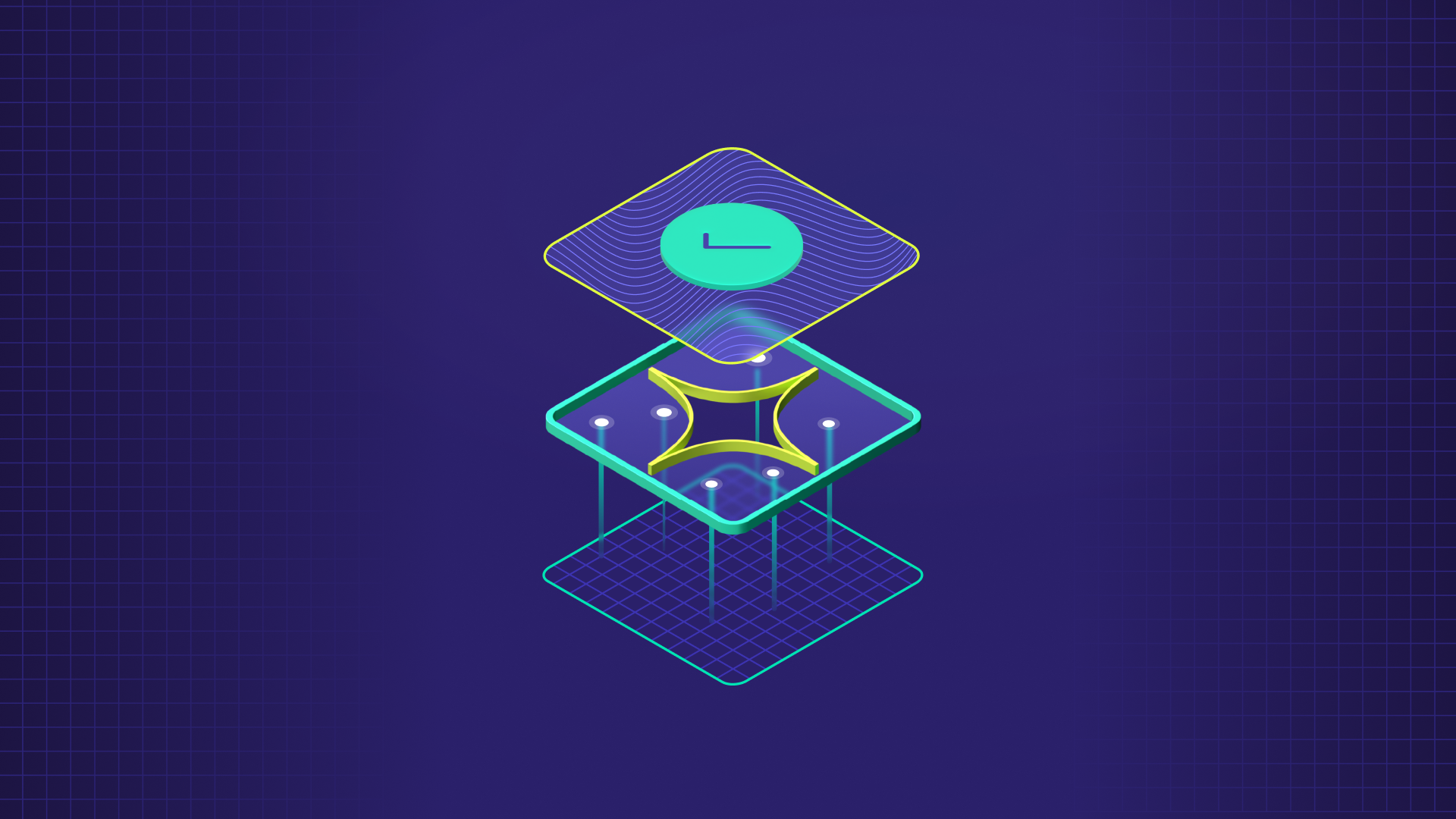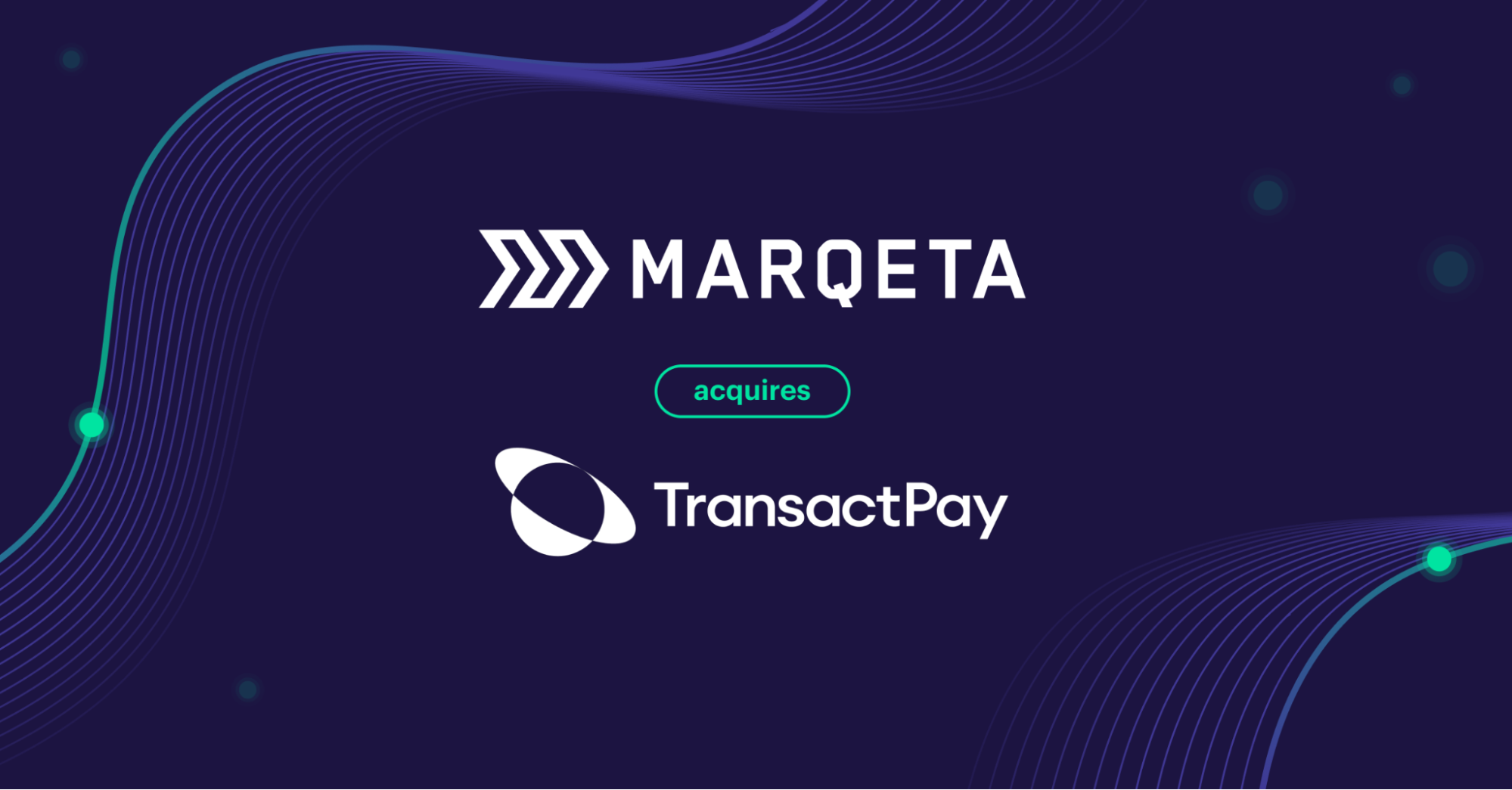Resource Center
Explore expert resources, from guides to case studies, covering card issuing, processing, card program management and more.

Report
2025 State of Payments
Discover 2025 payment trends from Marqeta - how consumers and SMBs expect platforms to evolve with AI, rewards, and smarter payment tools.
September 15, 2025

Issuing/processing
Financial Services
Bringing Agentic Payments to Life with Marqeta’s MCP Server
Article

Issuing/processing
Financial Services
Marqeta completes TransactPay acquisition, strengthening European payment capabilities
Article

Digital banking
B2B Platforms
Turn your commercial platform into a financial powerhouse
Article
Results
Partner with experts who help launch, protect and grow your program at scale.
Build a card program & issue virtual and physical cards on a modern platform
Subscribe to our newsletter
Subscribe for the latest news, updates and trends.
Unsubscribe at any time. By entering your work email, you agree to receive marketing emails from Marqeta.